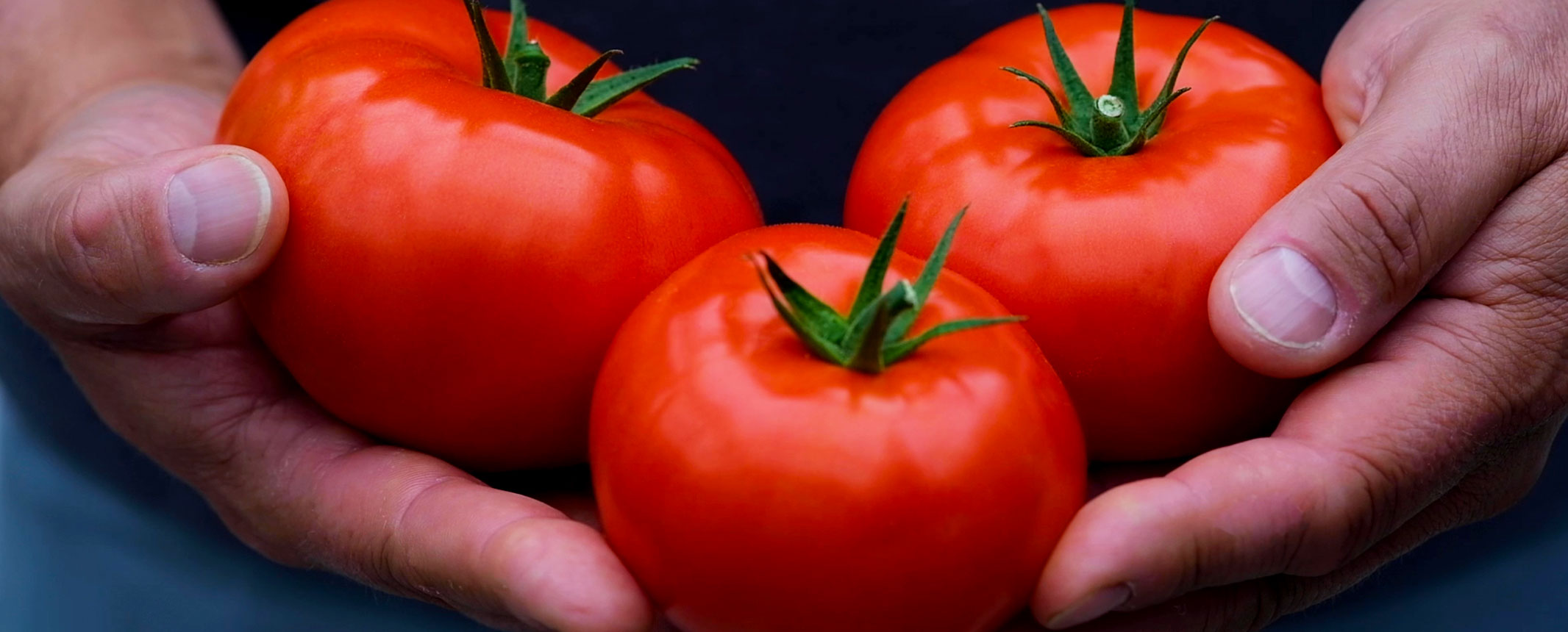
30 Eylül 2020 Haber

We found a solution for tomato growers to fight the devastating Tomato Brown Rugose Fruit Virus (ToBRFV). Our tomato breeding team has identified the gene that provides high resistance to the worldwide rapidly spreading virus. A major breakthrough!
Sergio de la Fuente van Bentem, plant pathology researcher at Enza Zaden: “We know there’s a lot at stake for our customers. That’s why our company has worked very hard to find a solution. Now that we have discovered the answer, we keep on working hard to develop tomato varieties that are highly ToBRFV resistant. We expect to have these ready in the coming years.”
Our researchers believe this gene is like no other currently known in the field, and offers “high resistance” to ToBRFV, also called tobamo after its genus.
With this innovation, the introduction of ToBRFV resistance will potentially secure production for the tomato industry, from large multinationals through to smallholder farmers who all cultivate what is currently the most traded vegetable internationally.
Since it was first discovered in Israel in 2014, the Tomato Brown Rugose Fruit Virus (ToBRFV) has spread to parts of Europe, America, Asia and Africa, while the march continues through its easy spread via mechanical transmission.
ToBRFV has an incubation period of two to three weeks before symptoms occur, making it an uphill battle to contain a localised spread once it begins.
Kees Konst, our Crop Research Director Tomato, explains when the team at Enza Zaden first heard about ToBRFV from its sales representatives in the Middle East in 2014, their knowledge of other tobamo viruses such as tomato mosaic virus (ToMV) and tobacco mosaic virus (TMV) gave an indication of what was to come.
“We analysed it and knowing it’s a tobamo, so it spreads mechanically, we realised it would travel all over the world,” he says.
De la Fuente van Bentem notes the industry already had a solution to ToMV and TMV – a single resistance gene that has been used for decades to stop these two viruses.
“This new tobamo virus is not hindered by that resistance, so clearly the industry had to come up with a new solution,” he states.
The plant pathologist explains Enza Zaden’s approach was to screen for new resistance genes in its wild tomato germplasm – a huge seed collection of wild tomato relatives that are crossable with normal cultivated tomatoes. “It’s like looking for a needle in a haystack, but we have identified a gene providing high resistance against ToBRFV”.
With an Intermediate Resistance (IR) level, the virus propagation is delayed but can still enter tomato plants – plants that will eventually show symptoms.
With this High Resistant (HR) level, the tomato plants tested at Enza Zaden research stations did not show any ToBRFV symptoms. De la Fuente van Bentem concludes even growers in regions currently free of ToBRFV will likely be paying attention to this innovation, as the virus has already spread faster than anticipated.
Enza Zaden will protect the identification of the gene providing high resistance and the tomato varieties they will create with relevant intellectual property rights.
This press release is also available to download (Word file) in the following languages: Arabic, Dutch, French, German, Hebrew, Italian, Polish, Russian, Turkish, Spanish
These images are available to use in publications:
- Tomato Breeding Team picture
- Difference between infected and protected crop